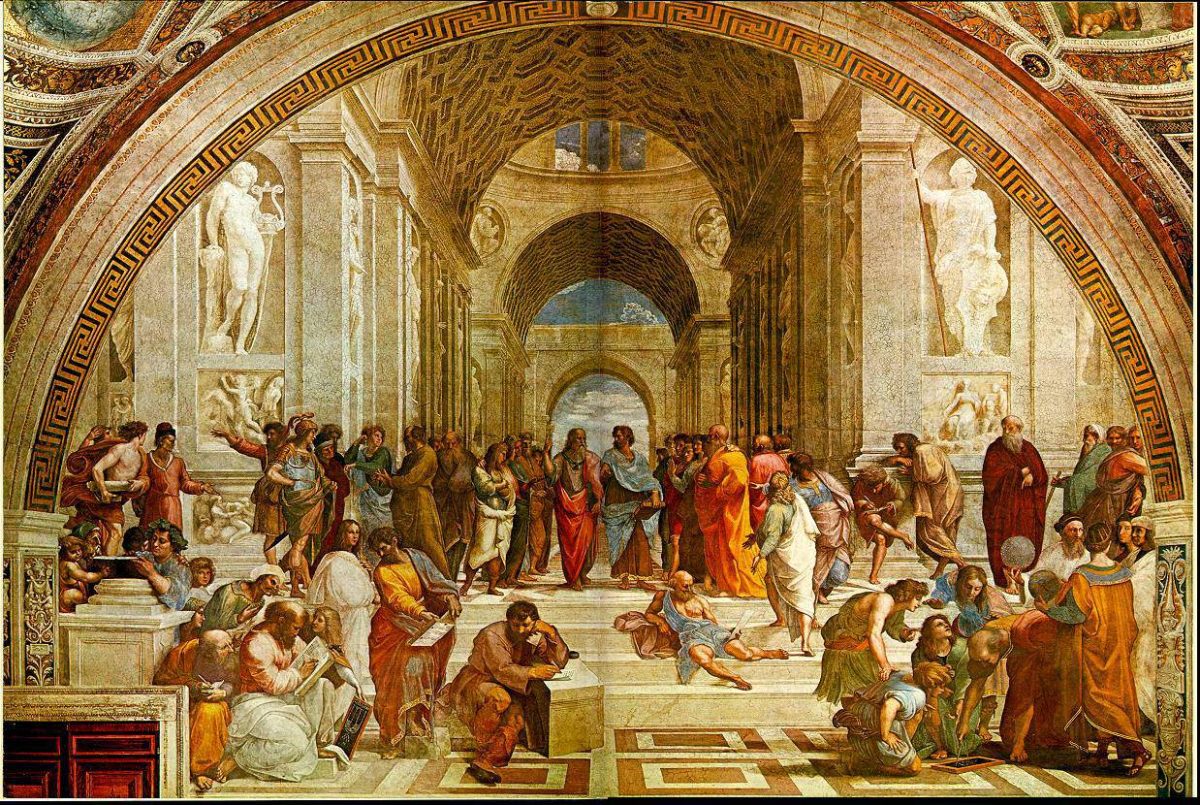In celebration of Sesame Street’s 50th anniversary on television, New York City’s Mayor Bill de Blasio honored the show’s legacy by permanently naming the intersection between West 63rd Street and Broadway “Sesame Street.”
Since its humble beginnings 50 years ago, this location has been home to the Sesame Street Workshop Offices.
The beloved children’s show highlights the beauty of different cultures, friendship and learning through creativity, all while educating the world’s most impressionable population.
While other children’s shows have come and gone, Sesame Street remains as a competitive success because of its relativity in addition to the framework of its educational programming.
Each segment features every day problems and the skills needed to solve them, the use of various cast members and puppets that capture the essence of its diverse audience, with an abundance of imagination floods the minds of children and parents alike.
The lyrics, “Can you tell me how to get to Sesame Street,” when the show begins is a smart marketing tactic that appeals to families across the globe, as it is broadcasted in 120 countries.
The catchy theme song brings into existence the thought that thousands of children have dreamed of — a chance at stepping foot into the friendly neighborhood that is home to so many of their favorite characters.
Though children may not get to visit Sesame Street in real life, the show is representative of New York City in various lights.
Similar to New York City, the fictional urban street is filled with an array of passersby, locals conversing at the corner store and your average neighborhood grouch.
In addition to this, Sesame Street has traditionally portrayed non-white actors and actresses; breaking cultural barriers early on.
In describing the positive impact the show has had on our children, de Blasio stated, “There is also something beautiful for us watching when they were young to see our own city, even our own neighborhood portrayed in Sesame Street.”
After five decades, the effects of Sesame Street are generational, as parents are able to present the same wonder and heart of the show to their children.
From learning how to share to building self-esteem and understanding food insecurity, Sesame Street is no stranger to bringing complex topics to light.
A range of topics have been featured, including the catastrophic events of the Sept. 11 attacks and Hurricane Katrina, and sensitive issues likes childbirth and child abuse.
The show has successfully allowed for children to gain a different perspective and better understanding of the issues that they may face in their own neighborhoods, and appropriate conflict resolutions.
Though federal funding from the Federal Communications Commission ended in 1981, donations from viewers and large endowments from organizations such as the Carnegie Corporation and the Ford Foundation led to the introduction of books, music, toys and more.
Today, Sesame Street Workshop’s new mission statement encompasses, “Helping children grow smarter, stronger and kinder,” stated creative director Brown Johnson.
As technology improves, Sesame Street has become more modernized, but has remained grounded to its core values while showcasing the magic that makes children open to the excitement of life.








